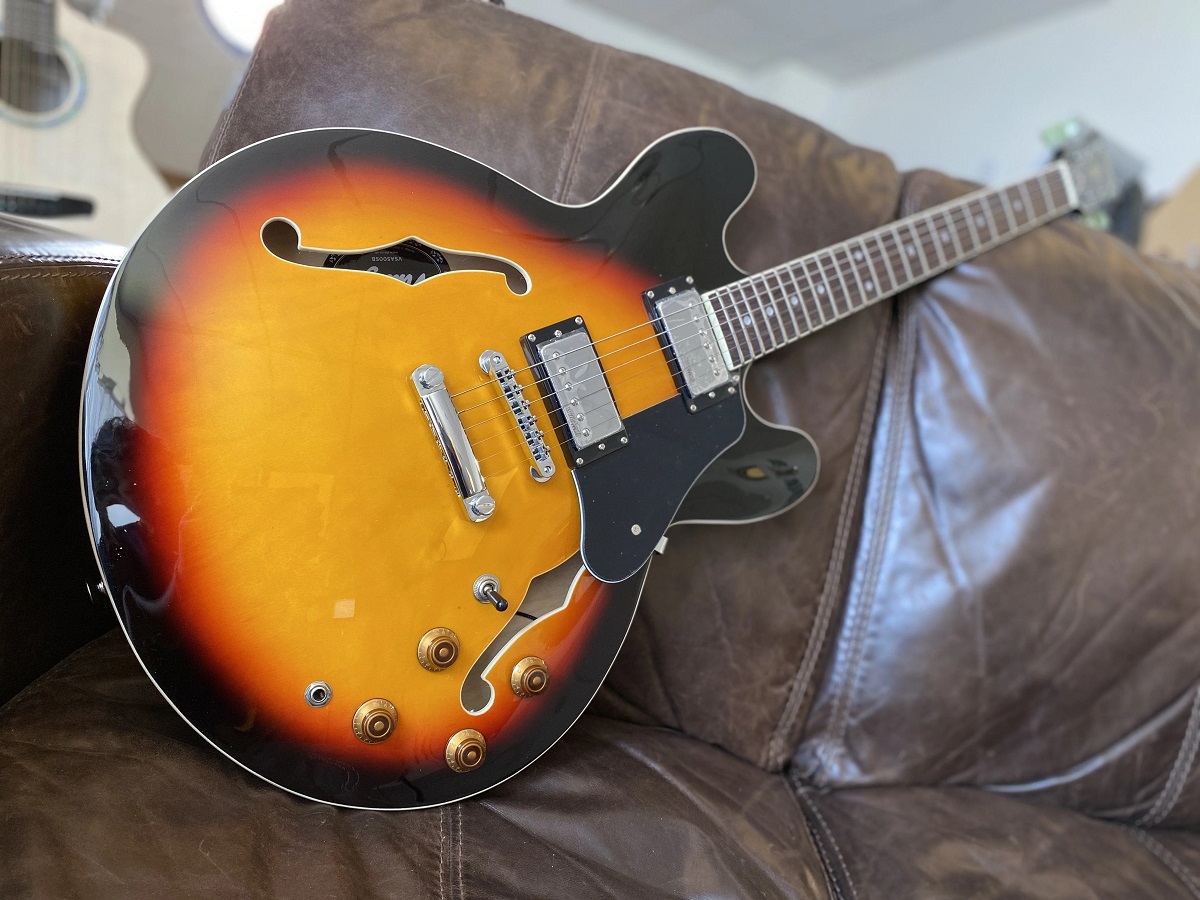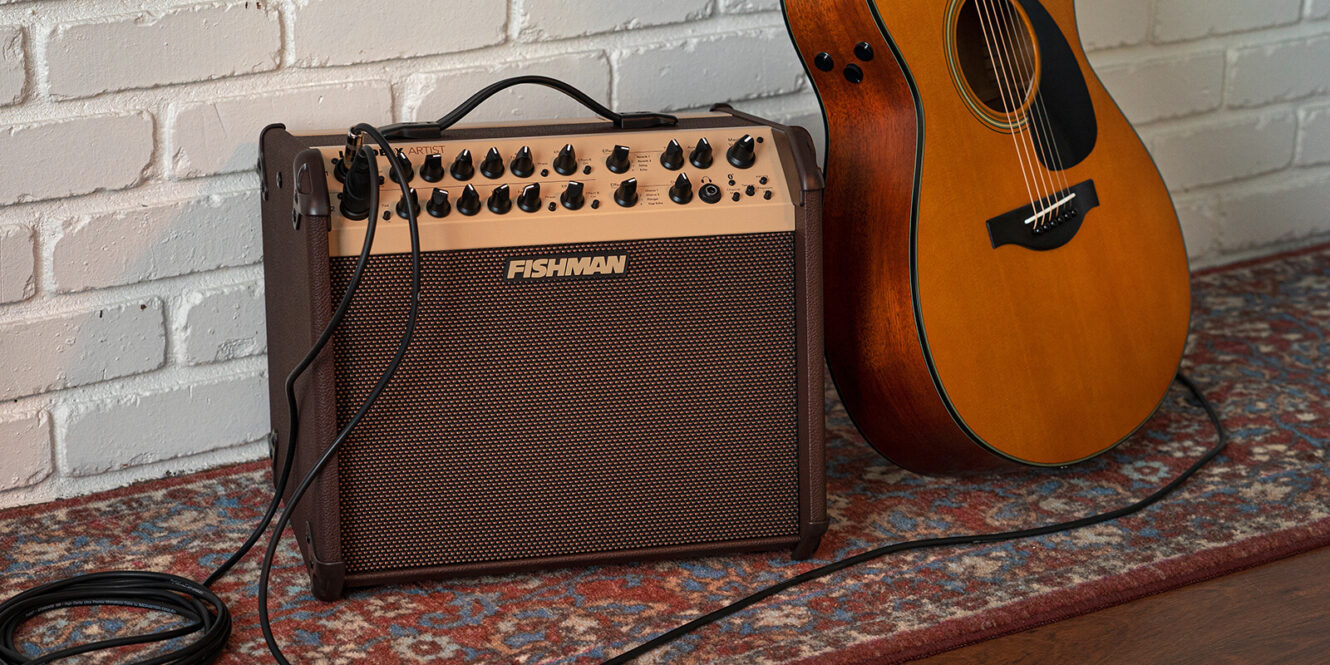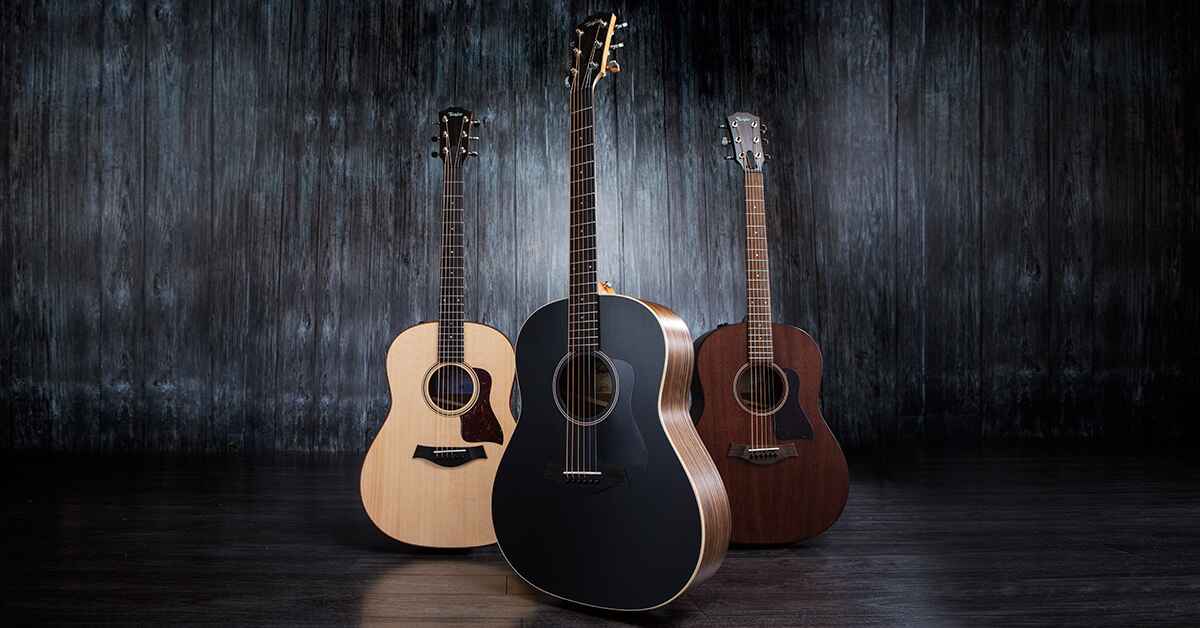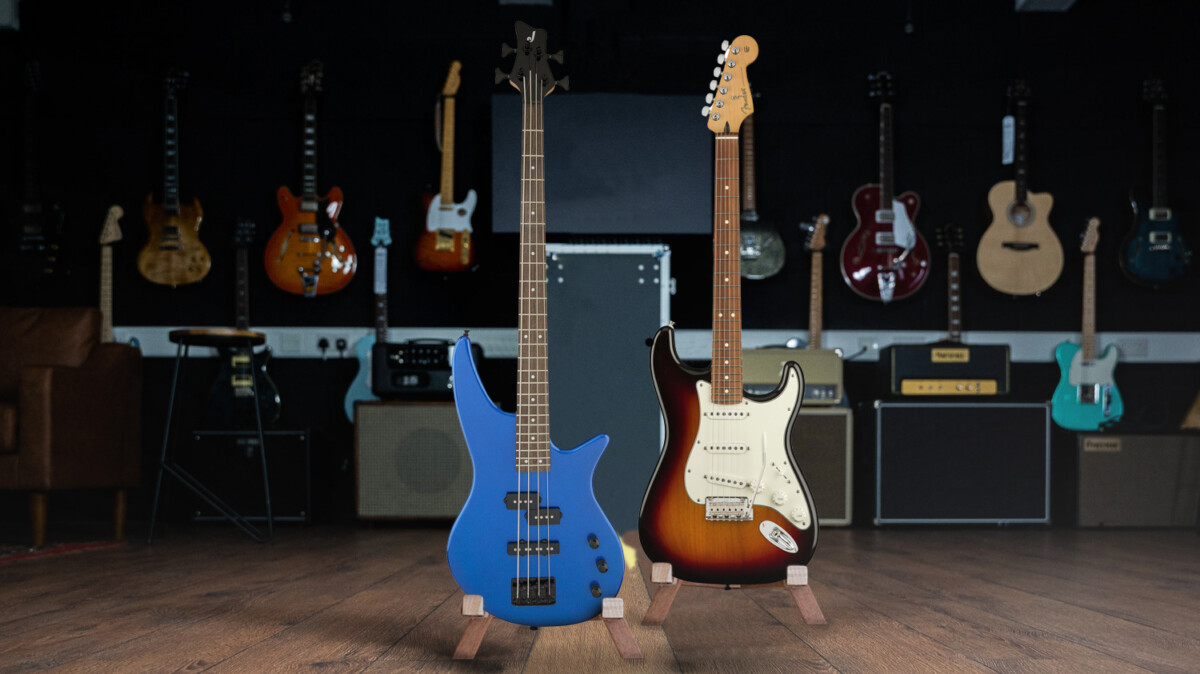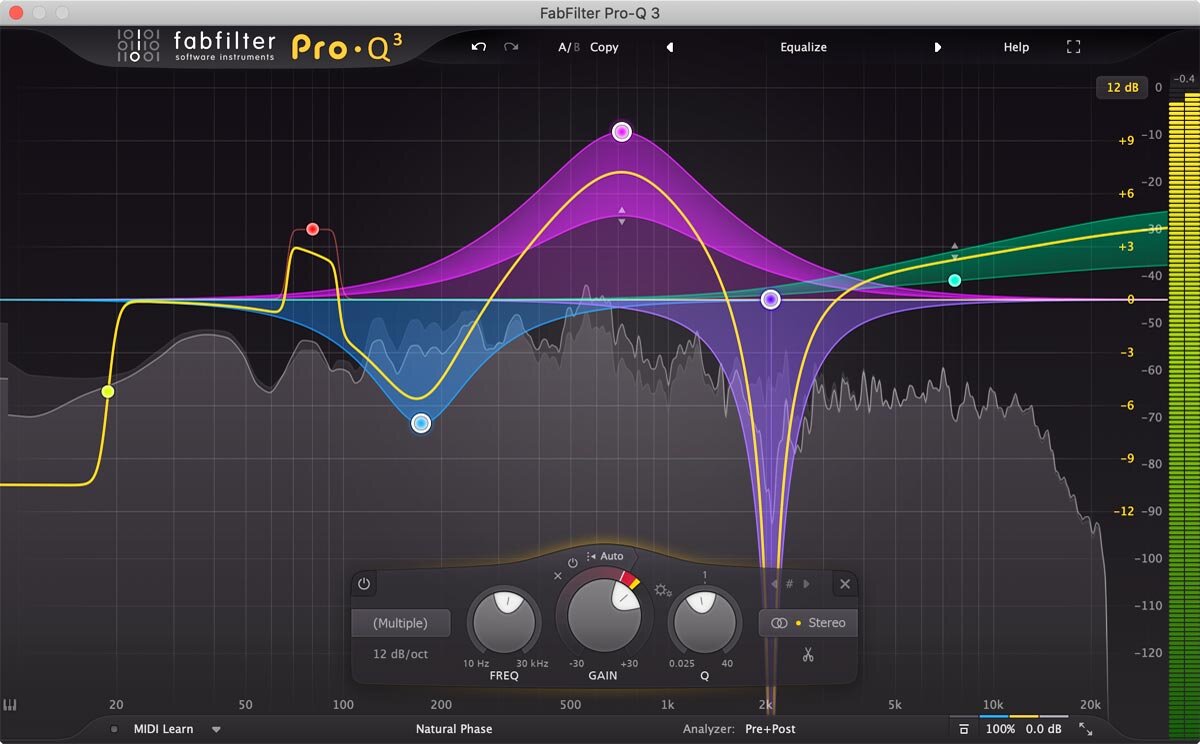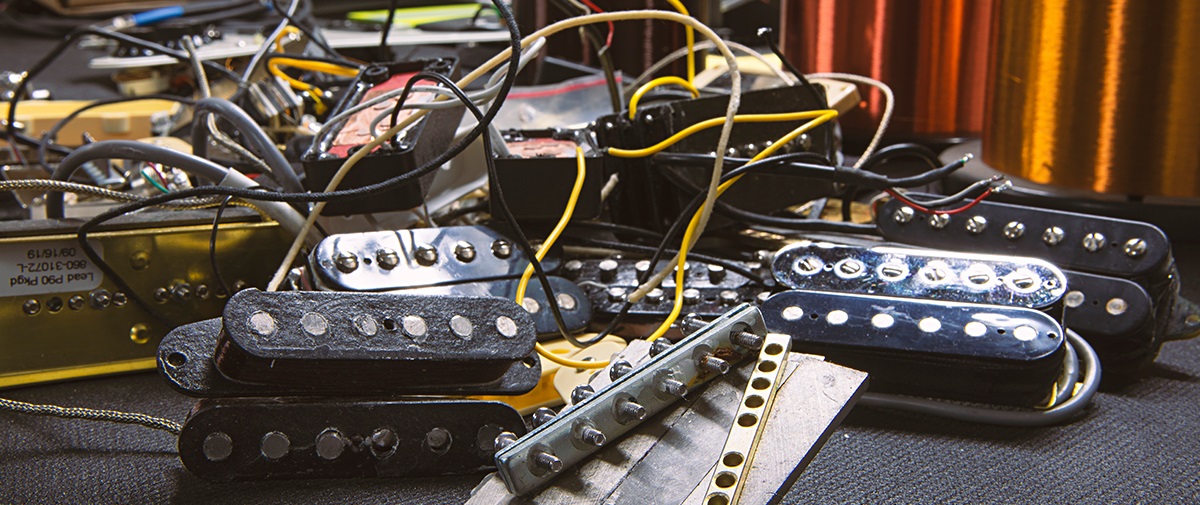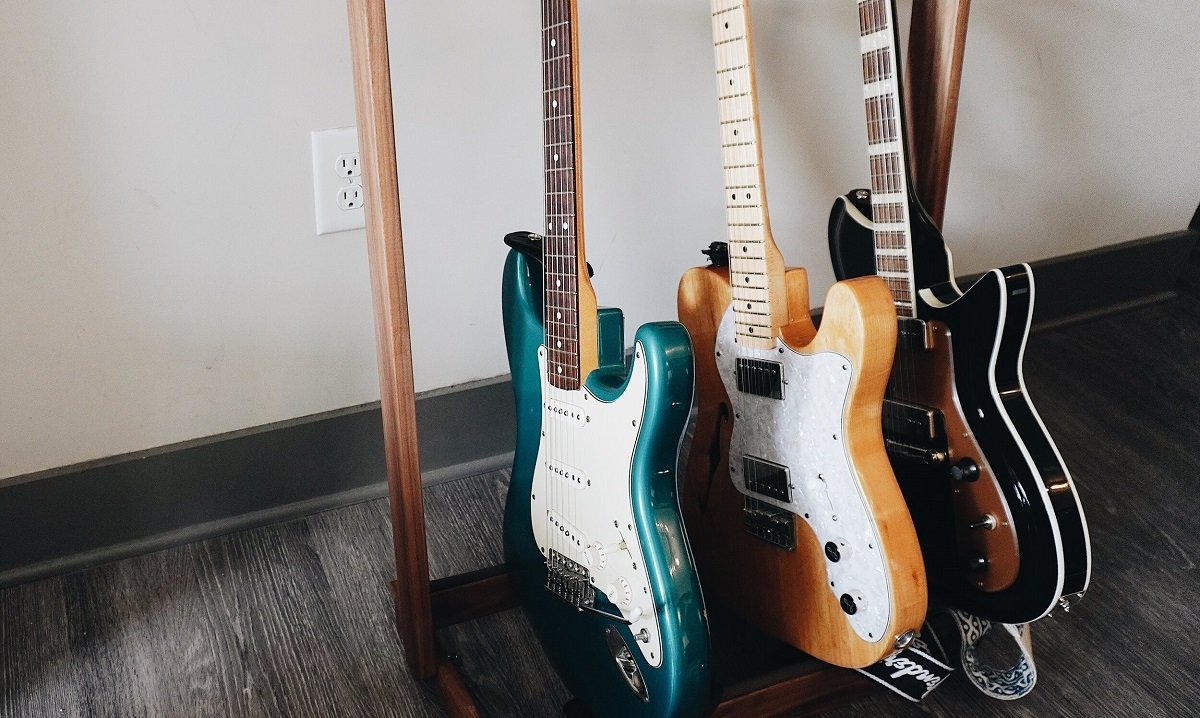Anatomy of an Electric Guitar
An electric guitar is a marvel of engineering and craftsmanship, comprising various components that work in harmony to produce captivating music. Understanding the anatomy of an electric guitar is crucial for players and enthusiasts alike. Here's a breakdown of the key components:
Body
The body of an electric guitar comes in various shapes and sizes, each contributing to the instrument's aesthetics, weight, and resonance. Common body shapes include the classic Stratocaster, timeless Les Paul, and versatile Telecaster. The body is typically made of wood, such as mahogany, alder, or maple, and its design significantly influences the guitar's tone and playability.
Neck
Connected to the body, the neck of an electric guitar plays a pivotal role in determining playability and comfort. Most electric guitar necks are crafted from maple, mahogany, or rosewood. The neck features frets, which are metal strips embedded along the fretboard, allowing players to produce different notes by pressing the strings against them.
Headstock
At the end of the neck, the headstock houses the tuning pegs or machine heads, which enable players to adjust the tension of the strings, thereby tuning the guitar to the desired pitches. The headstock also bears the guitar's brand logo or name, adding to its visual appeal.
Pickups
Situated beneath the strings, pickups are electromagnetic devices that capture string vibrations and convert them into electrical signals. Common types include single-coil and humbucker pickups, each offering distinct tonal characteristics. The pickup selector switch allows players to choose different pickup combinations, expanding the sonic possibilities of the guitar.
Bridge
The bridge anchors the strings to the body of the guitar, setting their length and providing a means for adjusting their tension. It significantly affects the guitar's intonation and sustain, making it a critical component for achieving optimal playability and tonal quality.
Controls
Located on the guitar's body, the control knobs and switches allow players to manipulate the volume, tone, and pickup selection, offering a wide range of sonic possibilities. These controls contribute to the guitar's versatility, enabling players to sculpt their desired sound.
Understanding the intricate anatomy of an electric guitar provides players with valuable insight into how each component contributes to the instrument's overall performance and sonic characteristics. This knowledge empowers players to make informed decisions when selecting, customizing, and playing their electric guitars.
The Size of an Electric Guitar
The size of an electric guitar plays a crucial role in its playability, comfort, and overall sound. Understanding the dimensions of an electric guitar is essential for players, especially those seeking an instrument that aligns with their physical attributes and playing style. Here’s a closer look at the factors that determine the size of an electric guitar:
Scale Length
The scale length of an electric guitar refers to the vibrating length of the strings from the nut to the bridge. Common scale lengths include 24.75 inches (Gibson scale) and 25.5 inches (Fender scale). The scale length influences string tension, fret spacing, and overall feel, making it a critical factor in determining the playability and comfort of the instrument.
Body Size and Shape
Electric guitars come in various body sizes and shapes, each offering unique ergonomics and tonal characteristics. For instance, a solid-body guitar like the Fender Stratocaster features a contoured design that hugs the player’s body, providing comfort during long playing sessions. In contrast, semi-hollow and hollow-body guitars offer a different feel and resonance due to their larger, chambered designs.
Weight
The weight of an electric guitar can significantly impact a player’s comfort, especially during extended performances or practice sessions. Factors such as the type of wood used in the body, hardware components, and overall construction contribute to the instrument’s weight. Lightweight guitars are favored by many players for their ease of handling, while others prefer the substantial feel of heavier instruments.
Neck Profile
The shape and thickness of the neck, often referred to as the neck profile, greatly influence the feel of an electric guitar. Neck profiles can range from slim and fast to chunky and substantial, catering to different playing preferences. Players with smaller hands may prefer guitars with slimmer neck profiles for ease of fretting, while those seeking more substantial support may opt for thicker profiles.
Overall Dimensions
Considering the overall length, width, and depth of an electric guitar is essential, especially for players who value portability and ease of storage. Compact guitars, such as travel-sized models, offer convenience for on-the-go musicians, while full-sized instruments provide a traditional playing experience with ample resonance and projection.
Understanding the size of an electric guitar empowers players to make informed decisions when selecting an instrument that suits their physical attributes, playing style, and sonic preferences. Whether seeking a compact travel companion or a full-sized powerhouse, the dimensions of an electric guitar play a pivotal role in shaping the player’s musical journey.
Factors Affecting the Size of an Electric Guitar
The size of an electric guitar is influenced by various factors, each playing a crucial role in shaping the instrument’s playability, tone, and overall feel. Understanding the key factors affecting the size of an electric guitar provides valuable insight for players and enthusiasts. Here are the primary elements that contribute to the instrument’s dimensions:
Playability and Comfort
One of the primary factors influencing the size of an electric guitar is playability and comfort. The instrument’s scale length, neck profile, and body contours are meticulously designed to offer a comfortable playing experience. Factors such as fret spacing, neck width, and body shape directly impact how the guitar feels in the hands of the player, ultimately influencing their ability to play with ease and dexterity.
Tonal Characteristics
The size and construction of an electric guitar significantly affect its tonal characteristics. For example, a larger body size, such as that of a semi-hollow or hollow-body guitar, tends to produce a more resonant and acoustic-like tone due to increased air volume within the body cavity. In contrast, solid-body guitars are known for their focused and sustaining qualities, attributed to their compact size and construction.
Weight Distribution
The weight distribution of an electric guitar is a critical factor affecting its size. The placement of the body contours, the thickness of the neck, and the choice of tonewoods all contribute to the instrument’s weight distribution. Well-balanced guitars offer enhanced comfort during extended playing sessions, while disproportionate weight distribution can lead to fatigue and discomfort for the player.
Player Preference and Ergonomics
Player preference and ergonomics play a significant role in determining the size of an electric guitar. Factors such as body shape, neck profile, and overall weight are often tailored to cater to the ergonomic needs and playing styles of different musicians. Some players may prefer compact, lightweight guitars for ease of mobility, while others may favor larger, substantial instruments for their feel and resonance.
Portability and Storage
The portability and storage considerations also influence the size of an electric guitar. Travel-sized or compact guitars are designed to offer convenience for musicians on the go, providing a balance between portability and playability. Full-sized instruments, on the other hand, offer a traditional playing experience with ample resonance and projection, albeit with less emphasis on portability.
By considering these factors, players can gain a deeper understanding of how the size of an electric guitar is intricately linked to its playability, tonal characteristics, ergonomics, and portability. This knowledge empowers musicians to make informed decisions when selecting an instrument that resonates with their individual preferences and musical aspirations.
Choosing the Right Size Electric Guitar
When it comes to selecting an electric guitar, finding the right size is a pivotal decision that directly impacts a player’s comfort, playability, and overall musical experience. Several considerations come into play when choosing the right size electric guitar, ensuring that the instrument aligns with the player’s physical attributes and musical aspirations. Here’s a guide to navigating the process of selecting the ideal size electric guitar:
Consider Physical Attributes
Players should consider their physical attributes, such as height, arm length, and hand size, when choosing an electric guitar. Taller individuals may find longer scale lengths and larger body sizes more accommodating, while smaller players may prefer shorter scales and compact designs for ease of play. Trying out different sizes and shapes in a music store can provide valuable insights into what feels most comfortable and natural.
Assess Playing Style and Genre
Understanding one’s playing style and preferred genre is essential when selecting an electric guitar. Players who favor intricate lead playing and high-fret access may lean towards guitars with sleek neck profiles and contoured body designs. Conversely, those drawn to genres that emphasize rich, resonant tones may opt for larger body sizes and extended scale lengths to achieve the desired sonic characteristics.
Explore Ergonomic Features
Exploring the ergonomic features of electric guitars is crucial for finding the right size. Instruments with well-balanced weight distribution, smooth neck profiles, and body contours that conform to the player’s frame offer enhanced comfort during extended playing sessions. Additionally, considering the weight of the guitar in relation to personal preferences is vital for ensuring a comfortable and enjoyable playing experience.
Test and Compare Options
Visiting a music store or guitar showroom to test and compare different-sized electric guitars is highly recommended. Physically experiencing the playability, ergonomics, and tonal characteristics of various instruments provides invaluable insights into which size and design best suit the player’s needs and preferences. Taking the time to explore different options can lead to discovering the perfect fit.
Seek Professional Guidance
Seeking guidance from experienced guitar professionals or instructors can offer valuable perspectives on choosing the right size electric guitar. Their expertise can help players navigate the myriad of options available, ensuring that the selected instrument complements the individual’s playing style, physical attributes, and musical goals.
By considering these factors and actively engaging in the selection process, players can confidently choose the right size electric guitar that harmonizes with their unique physical attributes, playing style, and musical aspirations. Finding the perfect fit fosters a deeper connection with the instrument, allowing players to unleash their creativity and musical expression with comfort and confidence.







